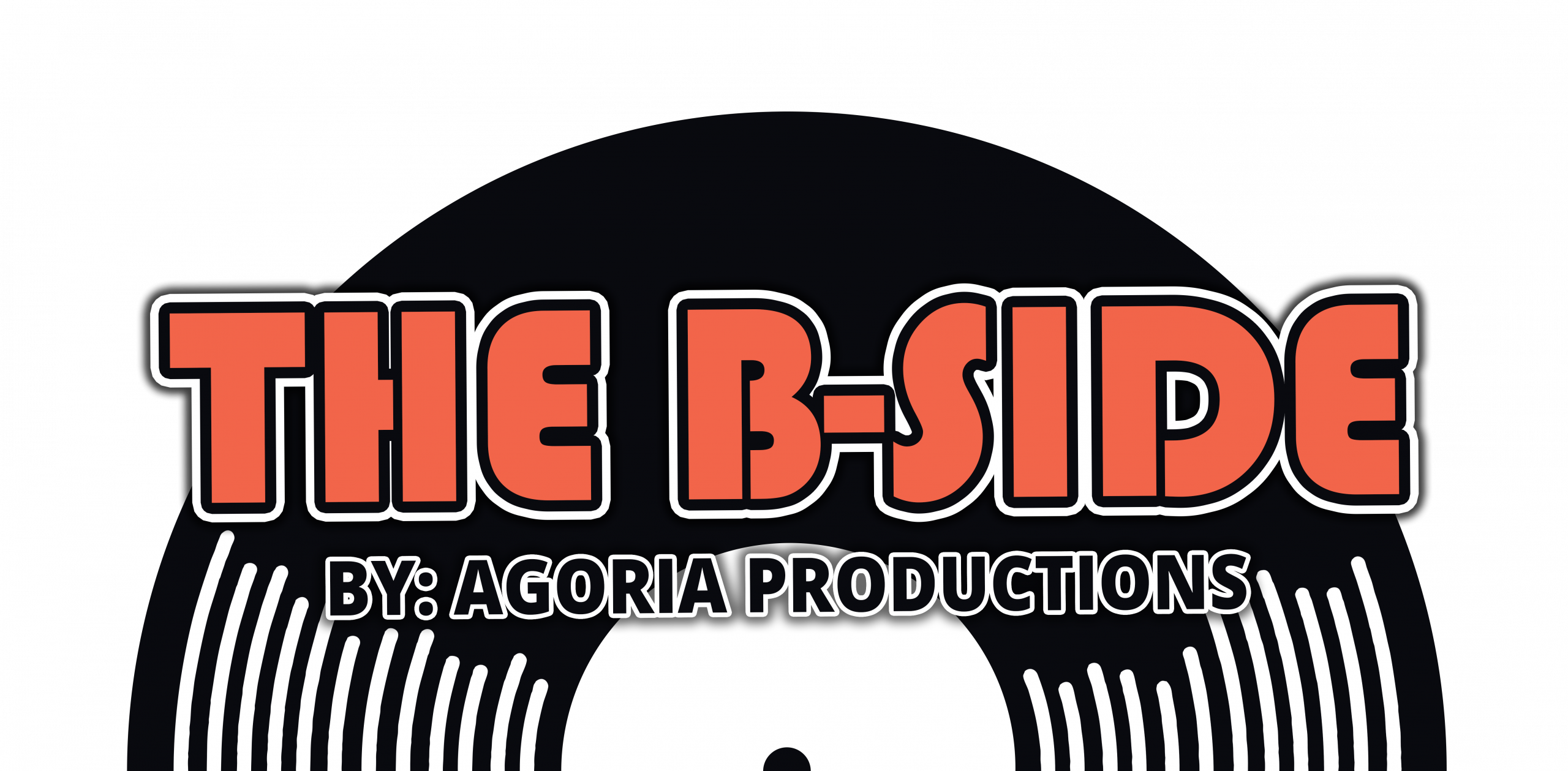
But if you sell out-of-date inventory, it can boost your cash holdings—and your quick ratio. Spending cash or using credit on unnecessary inventory can hurt your liquidity. Improving your inventory management with an inventory analysis can also help reduce your current liabilities. If you adjust your cash flow to optimize your company’s quick ratio, you can cover your current liabilities without selling other assets. By calculating and interpreting quick ratios, investors and analysts can make informed decisions about a company’s financial stability and risk level. It is crucial to remember that the quick ratio is not a perfect metric and has limitations, but it remains a valuable tool for assessing a company’s liquidity.
Seasonality – Factors Causing a Company’s Quick Ratio to Fluctuate
- Cash and cash equivalents represent readily available funds, while marketable securities are short-term investments that can be quickly sold without significant loss of value.
- By the end of this guide, you will have a solid understanding of the quick ratio and how it can be used to evaluate a company’s financial health.
- Hopefully, you’ve been meticulously recording your company’s open lines of credit and unpaid invoices.
- A high ratio may indicate that the company is sitting on a large surplus of cash that could be better utilized.
- Quick Ratio is one of the Liquidity Ratios used to measure the company’s liquidity position, project, investment center, or profit center.
- But if you sell out-of-date inventory, it can boost your cash holdings—and your quick ratio.
But the quick ratio may not capture the profitability or efficiency of the company. This can include unpaid invoices you owe and lines of credit you have balances on. By understanding the quick ratio and its significance, investors and analysts can make better decisions when evaluating companies and their financial health. Selling non-essential assets can generate cash for a company and improve its quick ratio. This could include excess inventory, unused equipment, or even real estate not essential to the company’s operations.

Problems with Quick Ratio Analysis

Sage makes no representations or warranties of any kind, express or implied, about the completeness or accuracy of this article and related content. Regular monitoring gives you time to adjust spending, defer expenses, or focus on collections as needed. While the formula is straightforward, the time and effort needed to obtain and verify accurate figures to plug in were often substantial.
Understanding the Components of the Quick Ratio
First, we need to identify the company’s current assets, which include cash, cash equivalents, accounts receivable, and any other assets that can be easily converted into cash. We then subtract the value of inventory and prepaid expenses from current assets. This is because inventory and prepaid expenses are less liquid than other assets and may take longer to convert into cash. This situation could lead to cash flow problems or a reliance on short-term borrowing to bridge the gap.
- Changes in payment terms with suppliers or customers can also affect a company’s quick ratio.
- Join more than 500,000 UK readers and get the best business admin strategies and tactics, as well as actionable advice to help your company thrive, in your inbox every month.
- This will give you a better understanding of your liquidity and financial health.
- Simply subtract inventory and any current prepaid assets from the current asset total for the numerator.
Changes in Debt – Factors Causing a Company’s Quick Ratio to Fluctuate
- The first component needed is current assets, specifically excluding inventory.
- Join us as we delve deeper into the quick ratio, breaking down its components, learning how to calculate it, and discovering what it tells us about a business’s financial health.
- The quick ratio is one of many financial metrics and should be used in conjunction with other analytical tools to gain a comprehensive understanding of a company’s financial standing.
- For instance, a ratio of 1.25 indicates that the company has $1.25 in quick assets for every $1.00 of current liabilities.
- If your balance sheet lacks a breakdown of your company’s quick assets, you can determine their value.
- Quick ratio, or Acid Test Ratio, is a financial metric used to measure a company’s ability to meet its short-term obligations with its liquid assets.
- The interpretation of any specific ratio value is not absolute and requires a deeper look into the company’s specific financial circumstances and operational context.
This means the company has $2.50 in liquid assets for every $1.00 of current liabilities. This line item includes all paper bills, coins, cheques, and money orders your business has on hand. Cash equivalents (CE)—such as FTSE 100 funds and business bank accounts—are mostly liquid.

The quick ratio, also known as the acid-test ratio, is a liquidity metric that helps businesses assess their ability to meet short-term obligations. It’s calculated by dividing current assets minus inventory by current liabilities. Conversely, a quick ratio significantly below 1.0 could signal potential liquidity issues, indicating that the company might struggle to http://mysexparties.com/archives/sample-email-to-lawyer-requesting-services-a-guide/ meet its short-term liabilities promptly.
Analyzing the quick ratio over multiple periods, such as quarterly or annually, provides a more reliable assessment than a single snapshot. Trend analysis reveals whether the company’s liquidity position is improving, deteriorating, or remaining stable over time, offering a dynamic view of its financial health. The current ratio includes all current quick ratio accounting assets, while the quick ratio only considers highly liquid assets, such as cash and equivalents, to gauge a company’s liquidity. This makes the quick ratio a more conservative measure of a company’s ability to pay its short-term debts. The key difference between quick assets and total current assets lies in the exclusion of certain items. Inventory is not included because its conversion to cash can be unpredictable and may require significant discounts, especially in urgent situations.

Marketable securities
The benefit of lumping all debts together is it’s more accessible because people outside of the company may not have access to details like when a payment is due. On the other hand, counting only very immediate debts is ultimately more accurate but can be time-consuming and less applicable over a fiscal quarter or year. Keep in mind that industry, location, markets, etc. can also play a role in what a good quick ratio income summary is. Startup businesses generally have a lower quick ratio compared to more mature businesses, because the startups typically have more debt.


